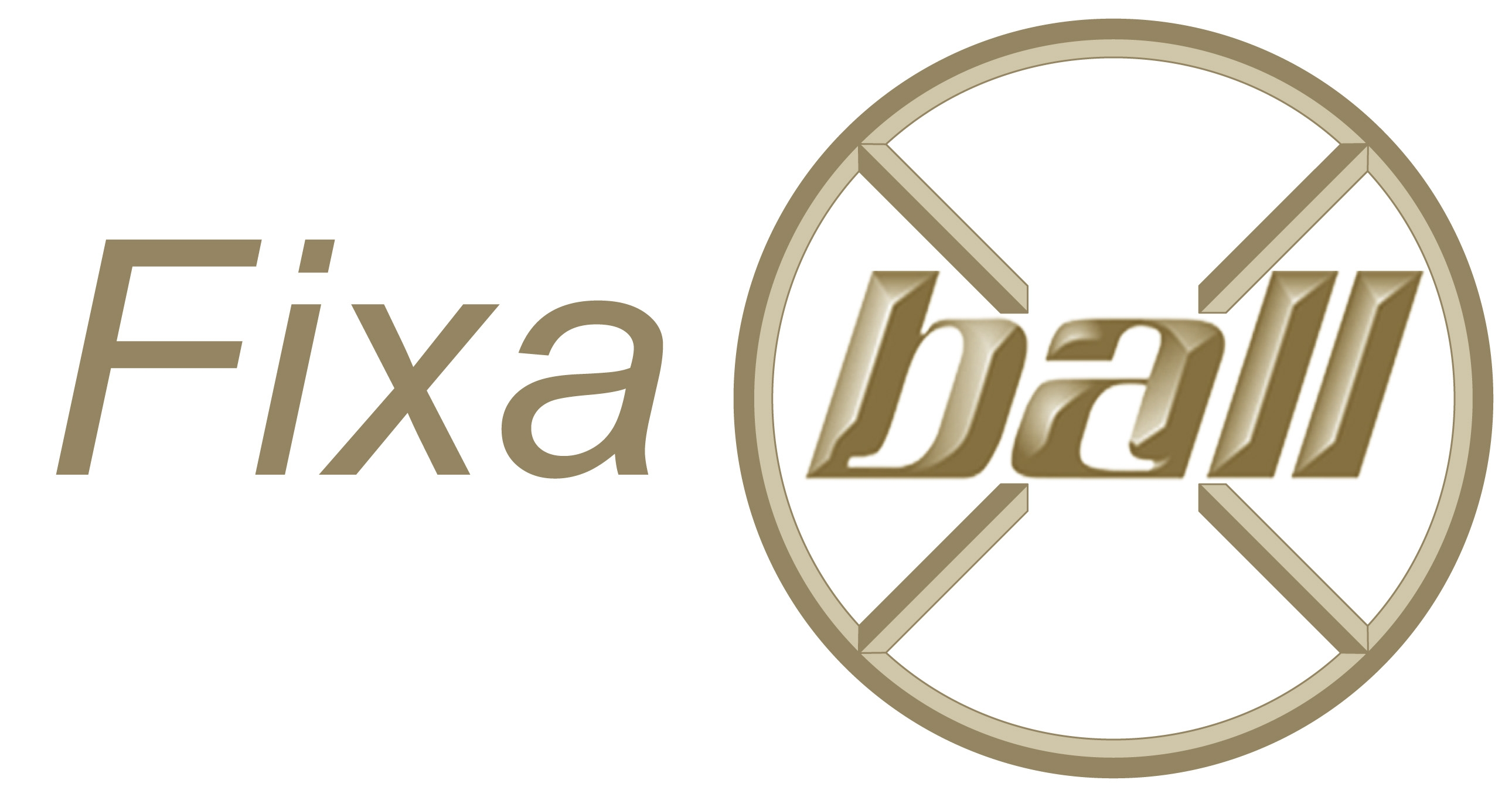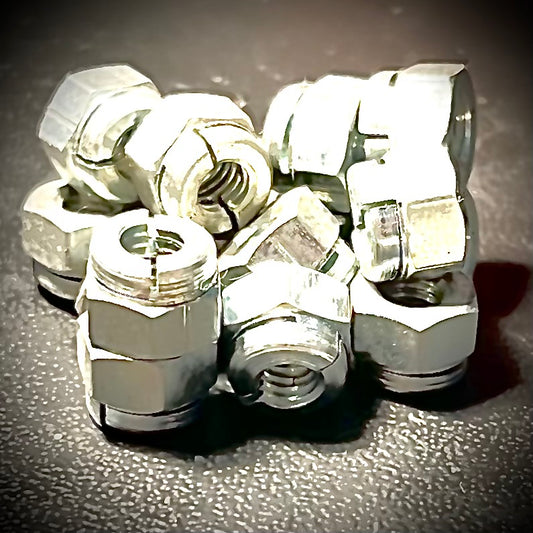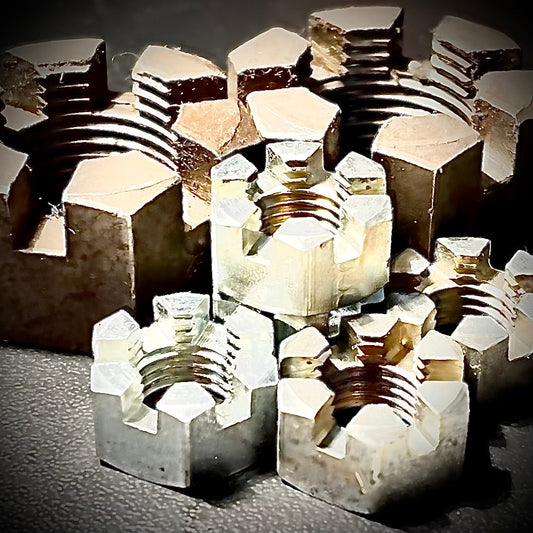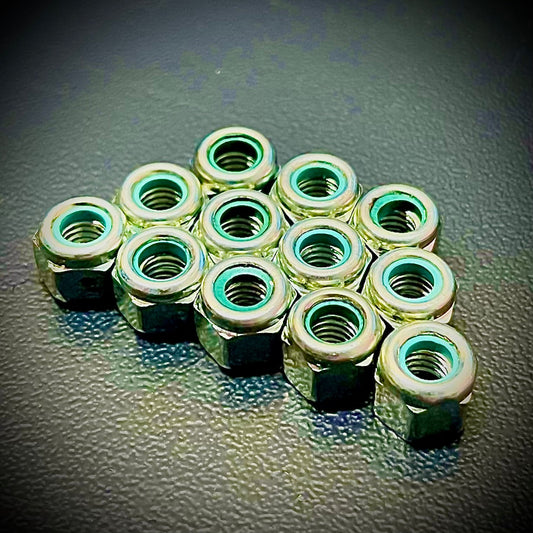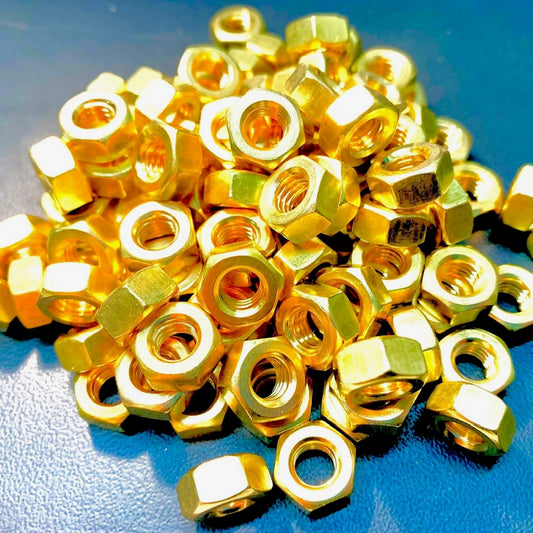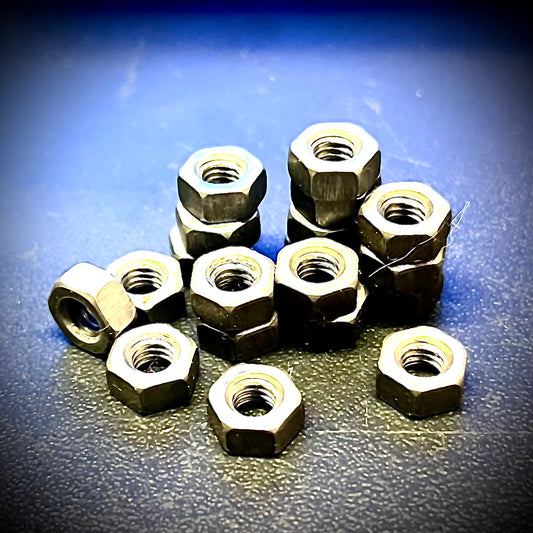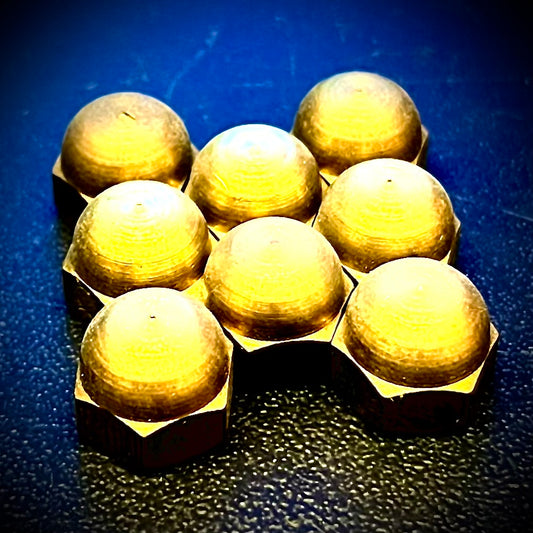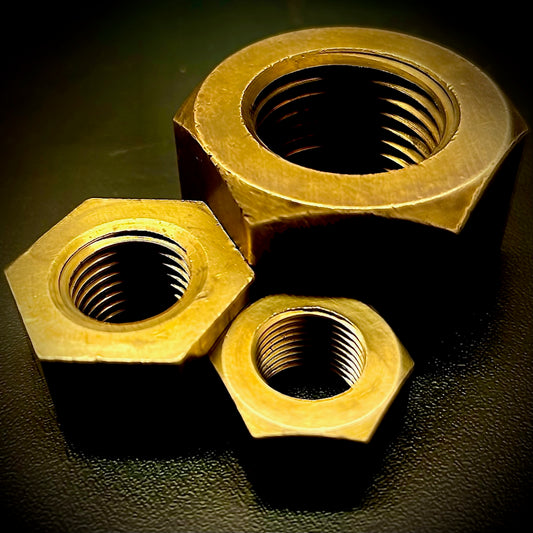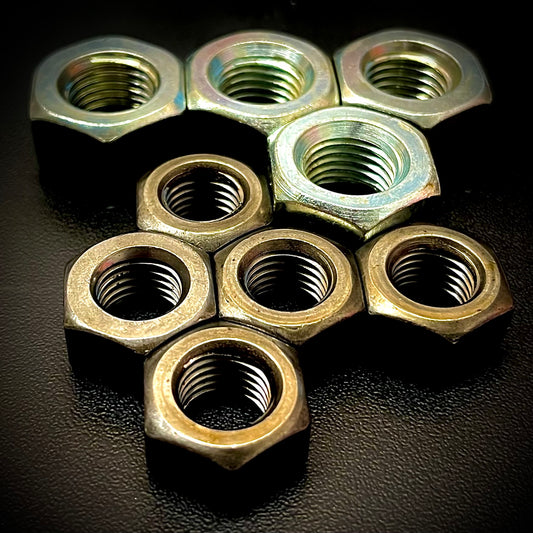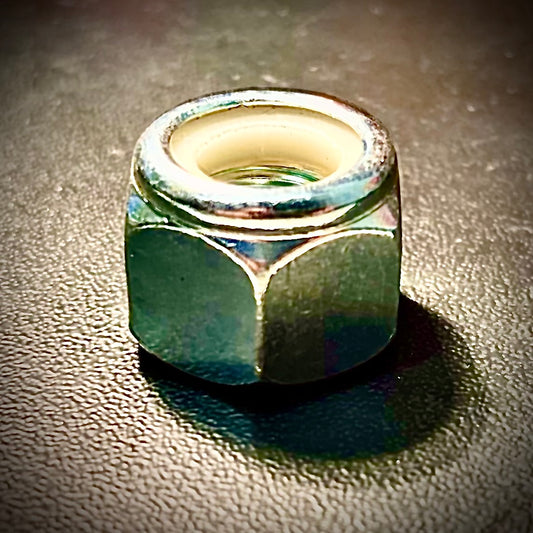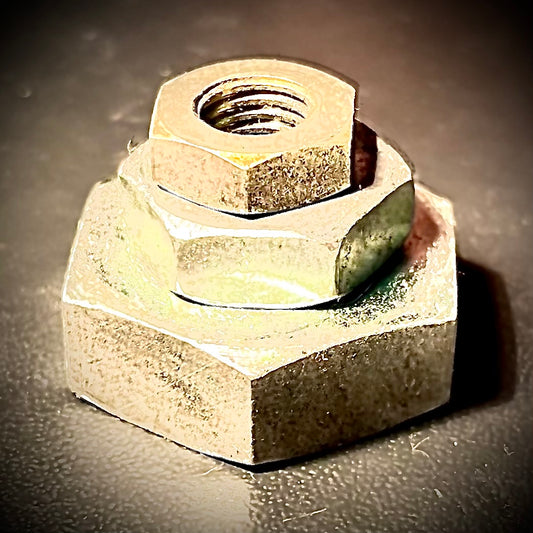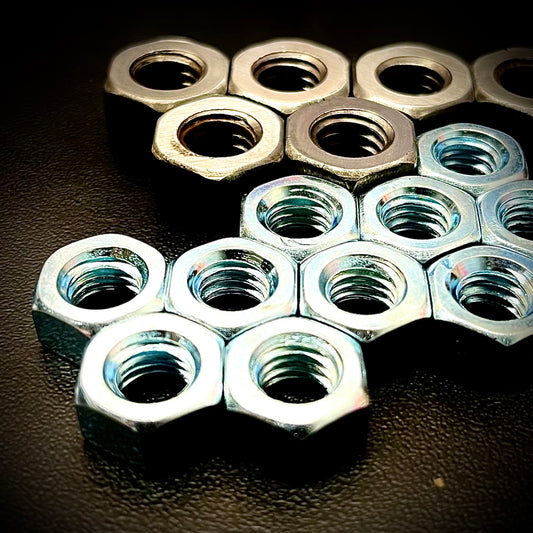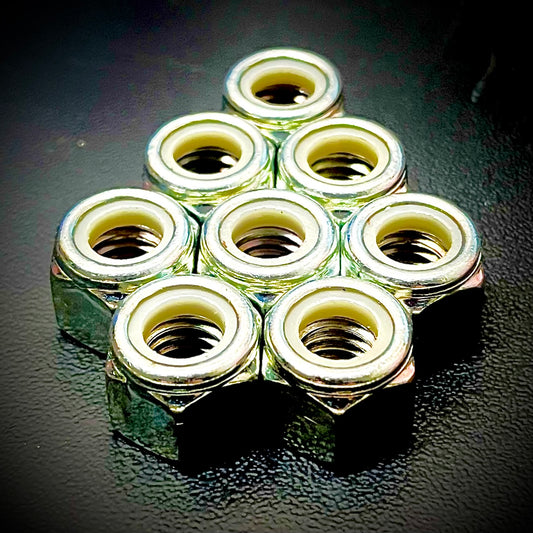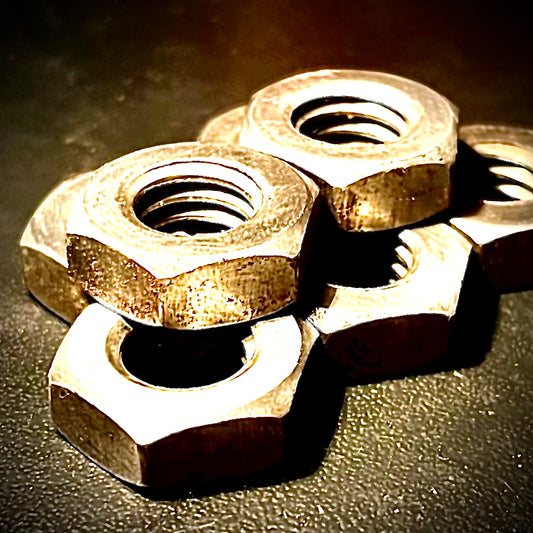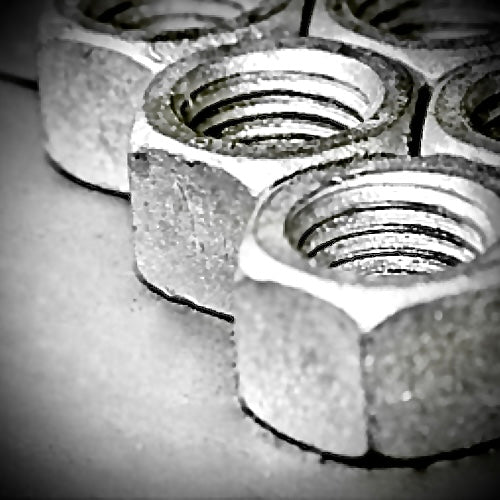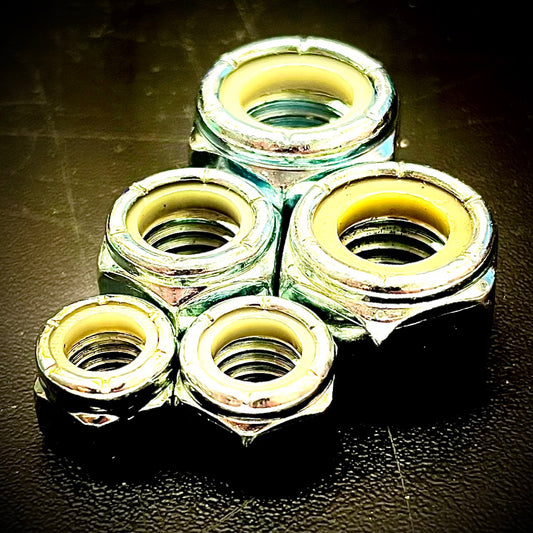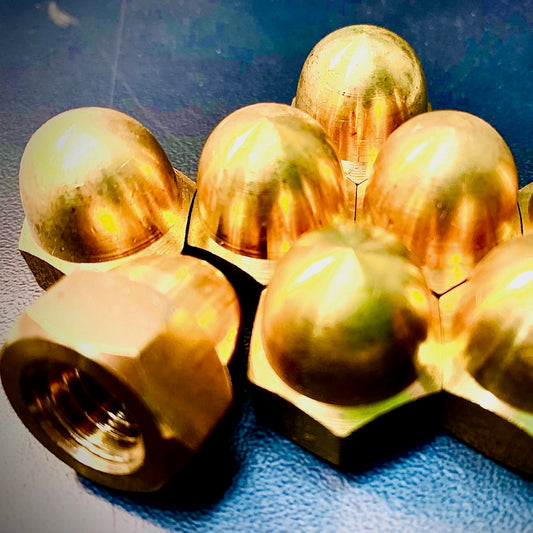-
2BA Aerotight Hexagon Clinch Nut Steel BZP
Fornitore:Aerotight NutsPrezzo di listino Da £3.40 GBPPrezzo di listinoPrezzo unitario per -
3/4" BSF Castle Slotted Hexagon All Metal Lock Nut Steel
Fornitore:Castle NutsPrezzo di listino £34.30 GBPPrezzo di listinoPrezzo unitario per -
6BA 4BA 2BA Hex Nyloc Nuts Steel Zinc BZP P-Type
Fornitore:Nyloc NutsPrezzo di listino Da £3.15 GBPPrezzo di listinoPrezzo unitario per -
BA Hex Full Nut Brass DIN934
Fornitore:Full NutsPrezzo di listino Da £2.45 GBPPrezzo di listinoPrezzo unitario per -
BA Steel Hexagon Nuts 0BA 2BA 4BA 5BA
Fornitore:Full NutsPrezzo di listino Da £2.22 GBPPrezzo di listinoPrezzo unitario per -
BSF 1/4" Dome Cap Nuts Hex Low Type Brass
Fornitore:Dome NutsPrezzo di listino Da £3.64 GBPPrezzo di listinoPrezzo unitario per -
BSF 3/16" 5/8" 3/4" 1.1/4" Full Hexagon Nut Brass
Fornitore:Full NutsPrezzo di listino Da £2.44 GBPPrezzo di listinoPrezzo unitario per -
BSF Full Hex Nut Steel Grade A 4.8 Steel BS1083
Fornitore:Full NutsPrezzo di listino Da £2.40 GBPPrezzo di listinoPrezzo unitario per -
BSF Hex Nyloc Nuts Steel Self-Colour and Zinc BZP
Fornitore:Nyloc NutsPrezzo di listino Da £2.98 GBPPrezzo di listinoPrezzo unitario per -
BSF Lock Half Thin Hexagon Nut Self Colour
Fornitore:Lock/ Half NutsPrezzo di listino Da £9.80 GBPPrezzo di listinoPrezzo unitario per -
BSW UNC Under 1" Hex Full Nuts Self Colour Mild Steel 4.8
Fornitore:Full NutsPrezzo di listino Da £2.28 GBPPrezzo di listinoPrezzo unitario per -
BSW Whitworth Hex Nyloc Nuts Steel Zinc BZP
Fornitore:Nyloc NutsPrezzo di listino Da £3.29 GBPPrezzo di listinoPrezzo unitario per -
BSW Whitworth Lock Half Thin Hexagon Nut Self Colour
Fornitore:Lock/ Half NutsPrezzo di listino Da £12.70 GBPPrezzo di listinoPrezzo unitario per -
BSW Whitworth Over 1" Full Hex Nuts Self Colour Steel Grade 4.8
Fornitore:Full NutsPrezzo di listino Da £9.40 GBPPrezzo di listinoPrezzo unitario per -
BSW/ UNC Hex Nyloc Nuts Steel Zinc BZP inc. 1/2" BSW
Fornitore:Nyloc NutsPrezzo di listino Da £2.29 GBPPrezzo di listinoPrezzo unitario per -
Dome Cap Nuts Hex High Type Brass DIN 1587
Fornitore:Dome NutsPrezzo di listino Da £2.32 GBPPrezzo di listinoPrezzo unitario per
